As almost every exerciser knows, squats are one of the most essential exercises you can do. Squats work your entire lower body and involve several key upper body muscles too. Bodybuilders squat to build muscle, and squats are also vital for developing leg strength and power; just ask any powerlifter or strongman.
Squats are also a helpful body recomposition exercise that can help you lose weight, burn fat, and improve your fitness.
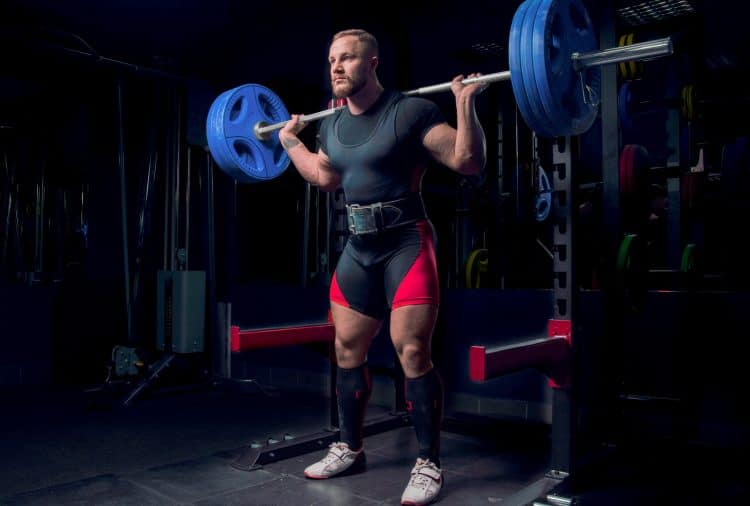
In this article, we reveal why and how to use squats to lose weight and keep it off.
The Benefits of Squats for Weight Loss
Look around your gym, and you’ll probably see people doing cardio for weight loss. They’ll be running on treadmills, using stationary bikes, rowing, or going to group exercise classes. This makes a lot of sense, given that cardio burns calories, and many of those calories come from fat.
Level Up Your Fitness: Join our 💪 strong community in Fitness Volt Newsletter. Get daily inspiration, expert-backed workouts, nutrition tips, the latest in strength sports, and the support you need to reach your goals. Subscribe for free!
However, cardio workouts are not the only way to lose weight. In fact, cardio might not even be the best way. Lengthy cardio workouts can lead to muscle atrophy, which reduces your resting metabolic rate. The result? You burn fewer calories per day.
That’s not to say cardio is not an effective weight-loss method. It’s just that there are other things you can do as well. Squats are a particularly worthy addition to your weight loss workouts.
The six main weight-loss benefits of squats are:
1. Squats burn a lot of calories
Squats are a compound exercise. That means they involve two or more joints and lots of muscles working together. The more muscles an exercise involves, the more calories it will use per minute. Because squats involve every muscle in your lower body as well as several upper body muscles, every rep you do uses a lot of energy.
The main muscles involved in squats are:
- Gastrocnemius and soleus – calf muscles
- Hamstrings – rear of the thigh
- Quadriceps – front of the thigh
- Gluteus maximus – bottom/butt muscles
- Erector spinae – muscles on either side of your spine
- Core muscles – deep muscles surrounding your internal organs
Compared to something like leg extensions or lat pulldowns, it’s clear to see that squats involve more muscles, and doing them will help you burn more calories. That’s why they should be a cornerstone of your weight loss workouts. Studies suggest that squats burn more calories per minute than running on a treadmill – about 35 per minute (1).
Related: Calories Burned Weight Lifting Calculator
2. Squats increase anabolic and fat burning hormone production
Bodybuilders know that squats don’t just make your legs grow; they also trigger upper body muscle growth. That’s because an intense set of squats produces a cascade of anabolic hormones, including testosterone, human growth hormone, and insulin-like growth factor (2). These hormones increase protein synthesis and muscle growth and are proven fat burners.
Building your workouts around squats isn’t just good for your legs; it’ll help you lose weight from all over your body.
3. Squats can lead to an increased resting metabolic rate
Your metabolism is the number of calories your body burns per day. Increasing your metabolism will help you lose weight faster. One way to burn more calories per day is to build muscle (3).
It’s estimated that one pound of muscle burns about 6-7 calories per day. That might not sound like a lot, but it’s three times more than a pound of fat. Adding even ten pounds of muscle to your frame means you’ll burn more calories, even while sitting at your desk or sleeping.
Squats are an excellent muscle-building exercise and, because they involve all the muscles in your lower body, they have the potential to significantly increase muscle mass. You don’t have to develop bodybuilder-sized muscles to increase your metabolic rate. Even modest increases in muscle mass can help you lose weight faster.
4. Squats will improve your body composition
Weight loss and fat loss are two very different things. Sweating will lower your scale weight, but your body fat levels could remain unchanged. In fact, if all you do is cardio, there is a strong possibility that you’ll lose as much muscle as you do fat. This can lead to a phenomenon called “skinny-fat,” where you look slim, but your muscles are untoned and weak.
By adding intense strength training exercises like squats to your weight loss workouts, you are much less likely to lose muscle as you shed that unwanted fat. This will improve your body composition, which is more important than your weight on the scales.
Body composition refers to the percentage of your body weight made up of fat. For example, you could weigh 160lbs at 30% body fat or 160lbs at 12% body fat. Ultimately, your weight is not all that important. It’s what that weight is made up from that really matters. Cardio can help you lose weight, but strength training and especially squats, is better for improving body composition (4).
Related: Body Fat Calculator: Find Your Body Fat Percentage
5. Squats increase insulin sensitivity
Insulin is a hormone made by your pancreas. It’s produced when you eat, and its primary role is the transportation of nutrients from your blood to your liver and muscle cells.
Many people are insulin resistant. That means their insulin is unable to do its job properly. Cells that are insulin resistant turn incoming nutrients away, so they are taken to your adipose cells to be converted to and stored as fat. Insulin also inhibits fat burning.
Intense strength training exercises like squats reduce insulin resistance, so this critical hormone can do its job better. Improved insulin sensitivity will help lower and stabilize your blood glucose, creating the ideal environment for fat burning and weight loss (5).
Compound exercises like squats work so many muscles that they are among the best for increasing insulin sensitivity.
6. Squats improve your physical and mental endurance
Weight loss requires motivation, dedication, and perspiration. It can be a real battle, and some people quit when things start to get tough. They either fold mentally or give up physically because they find working out for fat loss too hard.
Level Up Your Fitness: Join our 💪 strong community in Fitness Volt Newsletter. Get daily inspiration, expert-backed workouts, nutrition tips, the latest in strength sports, and the support you need to reach your goals. Subscribe for free!
Squats are a demanding exercise, but doing them regularly will make you physically and mentally more resilient. Compared to a gut-busting set of high-rep squats, getting up early to do your cardio or saying “no” when someone offers you some candy will be a breeze.
If you can get through something mentally challenging like a tough squat workout, you’ll be better equipped to overcome the other challenges you’ll face on your weight loss journey.
How to Squat Correctly
While squats will help you get stronger, build muscle, and lose weight, using poor technique or too much weight too soon could cause serious injury. Also, there are many different types of squats to choose from, including front squats, back squats, goblet squats, box squats, Zercher squats, and hack squats.
Make sure you get the most from whatever type of squat you do by following these basic guidelines. They can be applied to most squat variations as the main thing that differs is the type and position of the load.
- Stand with your feet about shoulder-width apart, toes turned slightly outward. Adopt a tall, upright posture, with your shoulders pulled down and back. Look straight ahead.
- Brace your abs to stabilize your lumbar spine. Spread your weight evenly from your left to your right foot and from your heel to your forefoot. You should be able to wiggle your toes inside your shoes.
- Push your hips back, bend your knees, and descend until your thighs are roughly parallel to the floor. Do not allow your lower back to round, and keep your knees behind your toes. Make sure your knees do not roll in or drop you.
- Drive your feet into the floor and stand up. Take care not to allow your hips to drift forward.
- Reset your core and repeat.
Related: The 12 Best Squat Variations for Hypertrophy and Strength
Five Squat Workouts for Weight Loss
While adding squats to your workouts will help you lose weight, you’ll get better results if you follow a more structured routine. Here are five squat-based workout programs designed for weight loss.
1. Squat tri-set
This workout requires no equipment, so you can do it almost anywhere. Do the three exercises in turn, resting no more than a couple of seconds between each one. Each exercise is a little easier than the last, so you should be able to maintain a brisk pace from start to finish. Rest 1-2 minutes after the last exercise and then repeat the entire sequence 2-4 more times.
- Squat jumps x 20
- Bodyweight squats x 20
- Wall squats x as long as possible
Feel free to do more or fewer reps according to your fitness.
2. Bodyweight squat and run
This workout is a race against the clock involving running and bodyweight squats. Complete the following sequence as fast as you can but, be warned, after your first set of squats, your legs are going to feel tired, so you may need to pace yourself for the runs.
- Run 500 meters
- Bodyweight squats x 50
- Run 400 meters
- Bodyweight squats x 40
- Run 300 meters
- Bodyweight squats x 30
- Run 200 meters
- Bodyweight squats x 20
- Run 100 meters
- Bodyweight squats x 10
3. EMOM squat workout
EMOM stands for every minute on the minute. With this squat workout, you begin every set at the top of each minute and whatever time is left until the start of the next minute is your rest period. So, if your set takes you 35 seconds, you get 25 seconds rest before you go again.
Load up the bar with about 70% of your 1RM, or a weight you can lift 8-10 times. Use this online calculator to estimate your 1RM.
Then, on the minute every minute, do five squats. Continue for 10, 15, or 20 minutes. Stop your workout if you are unable to squat with perfect form.
4. Squat pyramids
This workout involves doing three progressively heavier sets of three different types of squats. Rest 1-2 minutes between sets and 2-3 minutes between exercises. This is a demanding program, but it’s guaranteed to produce amazing results.
- Overhead squats – 15, 12, 10 reps (increase the weight set by set)
- Front squats – 12, 10, 8 reps (increase the weight set by set)
- Back squats – 10, 8, 6 reps (increase the weight set by set)
5. Goblet squats and kettlebell swings Tabata intervals
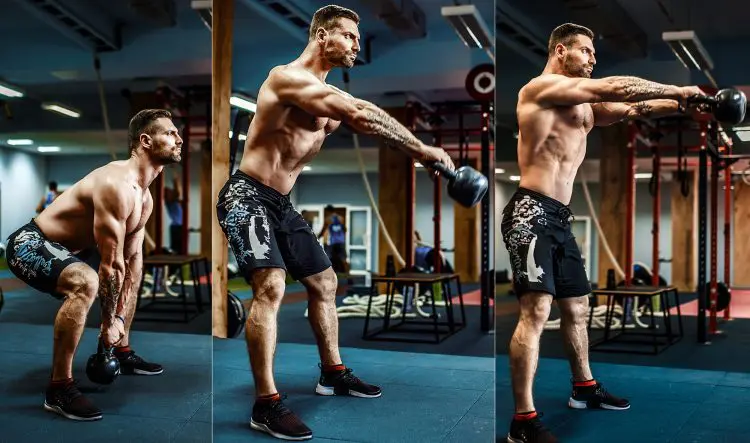
Short on time? This is the workout for you! Tabatas are a form of high-intensity interval training and are a proven way to burn calories, increase fitness and build muscle.
Where squats are a quadriceps-dominant leg exercise, swings are more of a hip-dominant movement. That means, between them, these two exercises will hammer all your major leg muscles in just a few minutes.
For this workout, grab a kettlebell and alternate between goblet squats and kettlebell swings, as shown below. Use the same weight for both exercises.
- Kettlebell goblet squats– 20 seconds
- Rest/transition – 10 seconds
- Kettlebell swings– 20 seconds
- Rest/transition – 10 seconds
Repeat eight times to total four minutes, or 16 times for eight minutes.
Squats for Weight Loss – Wrapping Up
When it comes to weight loss, it’s all too easy to overlook the benefits of strength training and focus on cardio instead. While cardio CAN help you lose weight, it can also lead to muscle loss, and that means slower progress.
Strength training exercises like squats are just as helpful for weight loss as cardio and offer many additional benefits. Research shows us that they may even be more effective.
Use squats and our five tried and tested squat-based workouts to lose weight and keep it off!
References:
1– PubMed: Energy cost of isolated resistance exercises across low- to high-intensities https://www.ncbi.nlm.nih.gov/pmc/articles/PMC5524349/
2– PubMed: Endocrine response to high-intensity barbell squats performed with constant movement tempo and variable training volume https://pubmed.ncbi.nlm.nih.gov/30531700/
3– PubMed: Effect of resistance training on resting metabolic rate and its estimation by a dual-energy X-ray absorptiometry metabolic map https://pubmed.ncbi.nlm.nih.gov/25293431/
4– PubMed: Effects of body mass-based squat training in adolescent boys https://www.ncbi.nlm.nih.gov/pmc/articles/PMC3761779/
5– PubMed: Exercise training and insulin resistance: A current review https://www.ncbi.nlm.nih.gov/pmc/articles/PMC4625541/

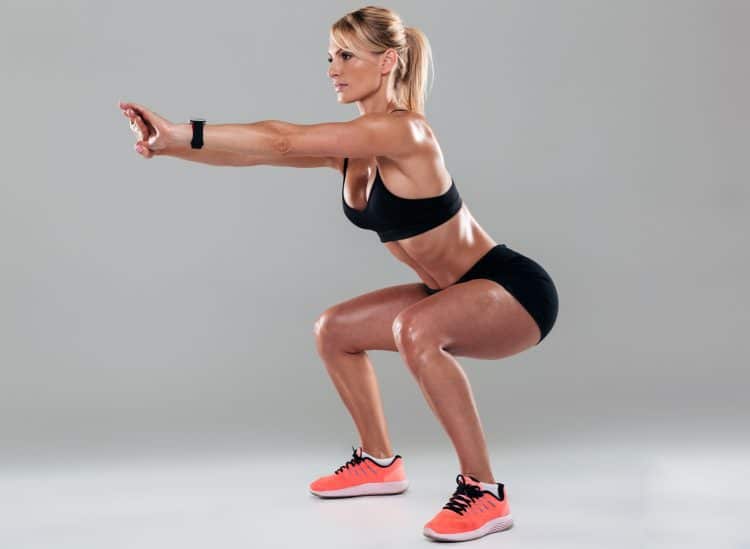
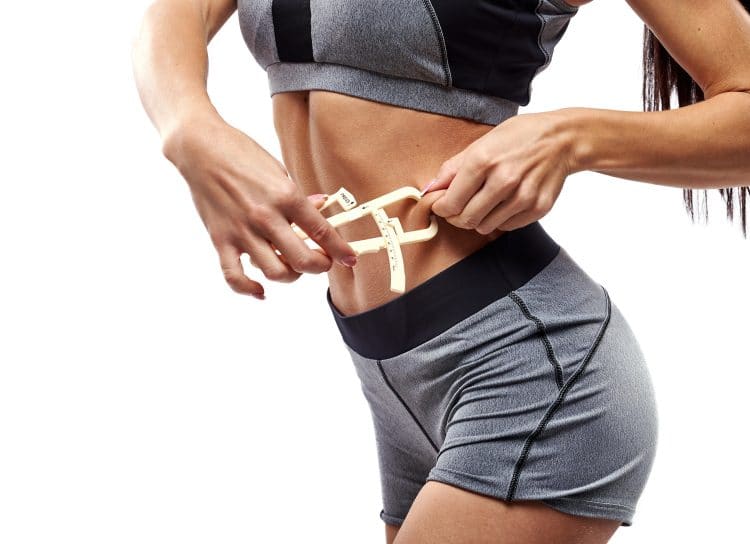
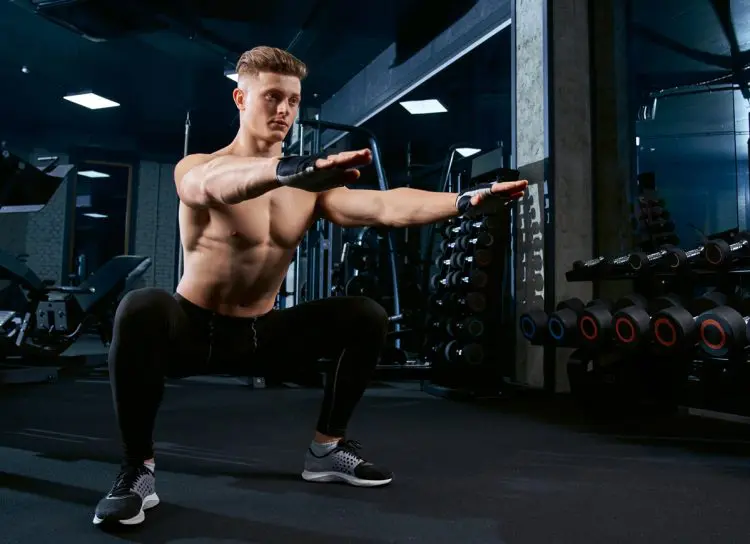

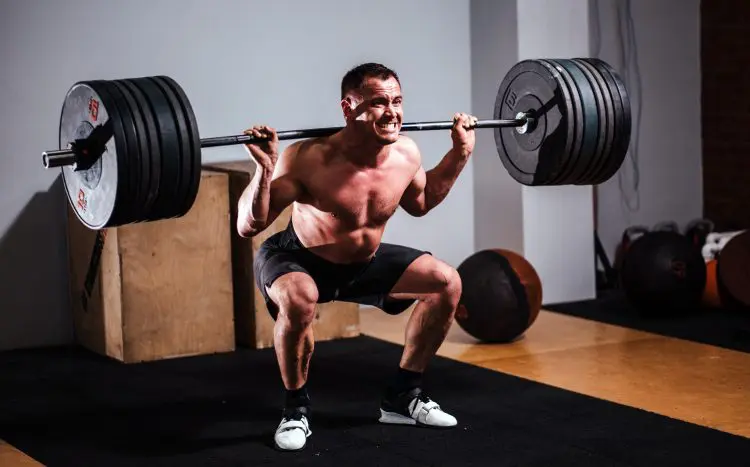
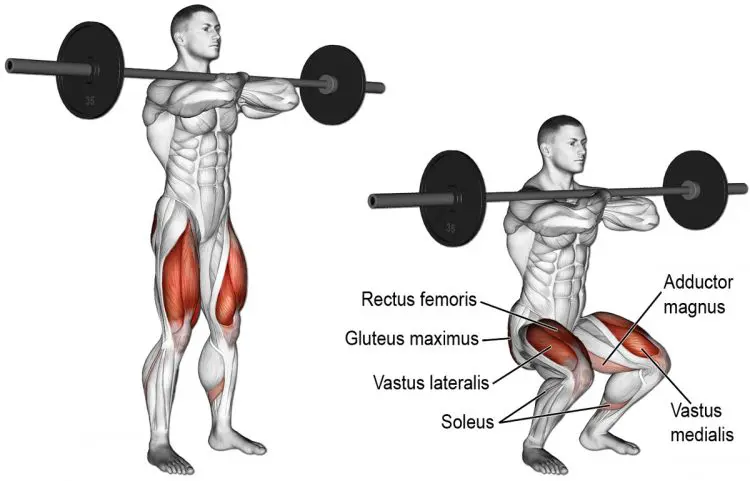





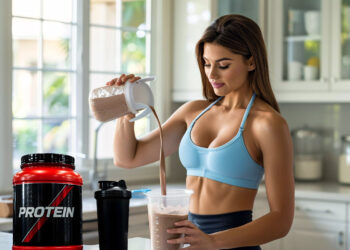


Natural bodybuilders should be paid well for completing in all of your natural shows.
Amazing talent, and this can be done safely and add to a new safe BODYBUILDING revolution..